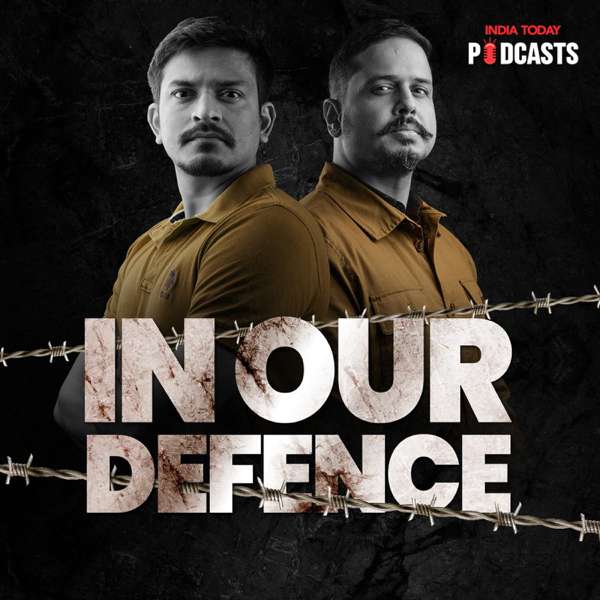In May of 2009, 3rd Squadron 61st Cavalry Regiment deployed to Nuristan, Afghanistan a small eastern province bordering Pakistan. When they arrived, they occupied the most fringe outposts of Regional Command East, several of which were only accessible by helicopter, and then only during the cover of the darkest nights of each month, in order to avoid rocket propelled grenade attacks against the airframe.
The squadron commander for the deployment was then-lieutenant Robert “Brad” Brown. In preparation for that deployment, he, along with then-Colonel Randy George, went on the pre-deployment site survey to better understand the terrain and complex environment of which they were only months away from assuming responsibility. During that trip, they arrived at Combat Outpost Keating, a remote outpost named for Ben Keating, who had died attempting to drive one of the lumbering resupply vehicles down the treacherous road back to the forward operating base. Standing in that base built in a valley at the base of three mountains and backed up to two rivers, both men understood that there could be no delay in closing that base for the safety of their Troopers. Anyone who visited COP Keating knew full well that it was the tactically indefensible position in which you could ever place yourself.
But that wasn’t the only conundrum. COP Keating wasn’t alone. In order to close it, you would have to close the other two outposts in the surrounding area, almost simultaneously to ensure that they could provide reinforcing fires for one another. Concurrently, south of the forward operating base, one the observation posts that LTC Brown would be assuming responsibility for had recently been completely overrun by the Taliban, who attacked up a mountain as the Afghan National Army abandoned their post, forcing the remaining US Troopers to call for a broken arrow, requesting fire on their position as they were being overrun. And to complicate all of that, the going-in position of relieving the outgoing unit would have them arrayed across a vast swath of land, terribly difficult to resupply, with barely enough Troopers to simply pull security on their own position.
For multiple reasons they were unable to close COP Keating, OP Fritsche, and COP Lowell as quickly as they needed to. Unknown to the base closure planners of 3-61CAV, as they were simultaneously planning to close the three outposts in Kamdesh, the Taliban was planning a massive complex attack to prevent them from ever leaving.
On the morning of October 3rd, 2009 more than 400 insurgents attacked OP Fritsche and COP Keating simultaneously. A force of only 52 Troopers defended COP Keating, even after Afghan National Army abandoned their post and the insurgents broke through the perimeter, causing a small group of Troopers, led by Staff Sergeant Clint Romesha, to engage the enemy in close-quarters combat, retaking the COP. However, at the end of the day, the Troopers of Black Knight troop, 3rd squadron 61st cavalry regiment would be saying their final goodbyes to eight of their friends who had given their lives during that battle.
The diligent devotion of their squadron commander, however, ensured that this moment would not be easily erased from history. LTC Brown and his staff worked to guarantee the recognition of the heroic efforts of those who went above and beyond to place themselves in harm’s way to protect each other, destroy the enemy, and bring the remains of their friends home. Those efforts to ensure recognition succeeded.
What has since become known as the “Battle of Kamdesh,” resulted in the following awards:
Two Medals of Honor for SSG Clint Romesha and SSG Ty Carter
Two Distinguished Service Crosses for 1LT Andrew Bundermann and SSG Justin Gellagos (posthumously awarded)
Nine Silver Stars
18 bronze stars with “V” device for valor
37 Army Commendation Medals with “V” device for valor
And 27 Purple hearts for wounds sustained in combat
SSG Romesha authored the book “Red Platoon” and Jake Tapper authored “The Outpost,” which has since been turned into a major motion picture.
The fall-out of the battle, including the loss of life, took it’s toll on everyone involved and amongst others within the squadron, however. The subsequent investigation held both COL George and LTC Brown responsible, even though the ISAF-commander at the time, GEN Stanley McChrystal, agreed there was nothing more they could have tactically done to prevent the disaster. Many of the Troopers completed their obligation and left the army, preferring lives of quiet and peace, away from the constant reminder of the toughest day of their life.
LTC Brown however, still had eight months left to command his squadron through a deployment in one of the most kinetic provinces in all of Afghanistan. The two artillery guns on his forward operating base fired over 6000 rounds total during their year-long deployment. He had lost two beloved Troopers before Keating, while sending back home dozens of wounded Troopers before and after the Battle for Kamdesh. To put it in context, in the first four months of his deployment, LTC Brown’s squadron of rag-tag cavalrymen were attacked more than 238 times across seven separate locations. And yet, he persevered with courage, humility, devotion, and determination.
It is why those of us who served with him as the commander of 3rd squadron 61st cavalry regiment unabashedly and unquestionably remember him, to this day, as the best leader we ever served with. As his former chaplain, I can guarantee that he’s the real deal and I am humbled to know him. So without further ado, here is the one and only, Brad Brown.

 Our TOPPODCAST Picks
Our TOPPODCAST Picks  Stay Connected
Stay Connected







